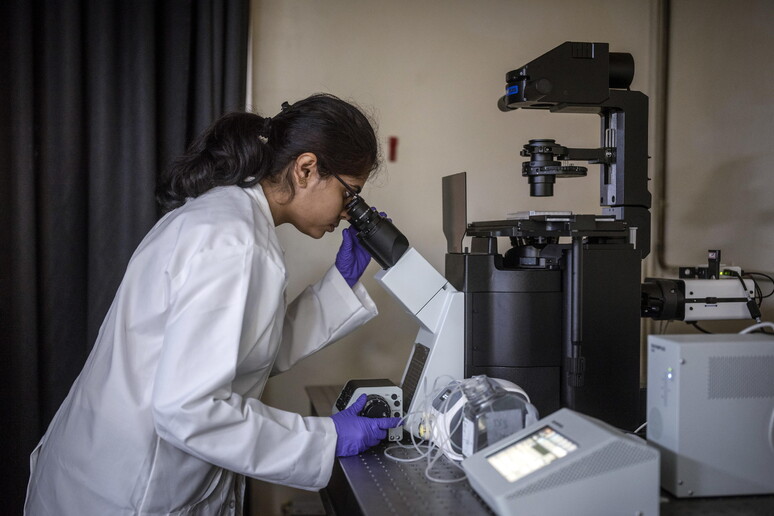Our brains deceive us: they don't
faithfully reflect reality but construct it on the basis of what
we have seen shortly before, making an average between what is
happening before our eyes and what has happened in the past,
according to a study by the Higher International Advanced
Studies School of Trieste, published in the Journal of
Neuroscience.
The phenomenon is due to the discrepancy between the brain's
limited resources and the superabundance of stimuli that bombard
our senses: this distortion in perception, in fact, reflects the
brain's need to find regularity in the external world, making it
more predictable and therefore easier to manage.
In order to study the phenomenon, the researchers led by Michele
Fornaciai asked a group of volunteers to observe on a computer
screen groups of black and white dots presented in a very short
sequence.
They thus observed that perception was actually conditioned by
the images that had already been seen: "A group of objects was
judged to be, for example, larger or more numerous than it
actually was," says Fornaciai, "depending on whether the
participant had previously seen a larger or more numerous group
of objects".
Further, the results indicate that the illusory perception is
generated by the visual neurons, which combine the sensory
information present with traces of past information.
ALL RIGHTS RESERVED © Copyright ANSA











